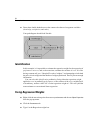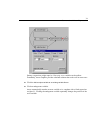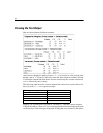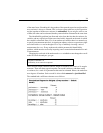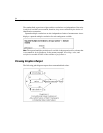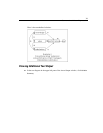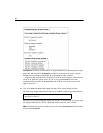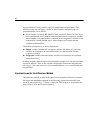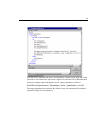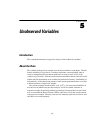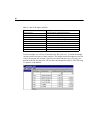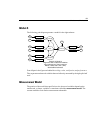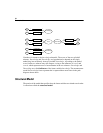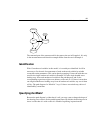
78
Example 4
the specification of many models, especially models that have parameters. The
differences between specifying a model in Amos Graphics and specifying one
programmatically are as follows:
Amos Graphics is entirely WYSIWYG (What You See Is What You Get). If you
draw a two-headed arrow (without constraints) between two exogenous variables,
Amos Graphics will estimate their covariance. If two exogenous variables are not
connected by a double-headed arrow, Amos Graphics will assume that the
variables are uncorrelated.
The default assumptions in an Amos program are:
Unique variables (unobserved, exogenous variables that affect only one other
variable) are assumed to be uncorrelated with each other and with all other
exogenous variables.
Exogenous variables other than unique variables are assumed to be correlated
among themselves.
In Amos programs, these defaults reflect standard assumptions of conventional linear
regression analysis. Thus, in this example, the program assumes that the predictors,
knowledge, value, and satisfaction, are correlated and that error is uncorrelated with
the predictors.
Equation Format for the AStructure Method
The AStructure method permits model specification in equation format. For instance,
the single Sem.AStructure statement in the following program describes the same
model as the program on p. 77 but in a single line. This program is saved under the
name Ex04-eq.vb in the Examples directory.



